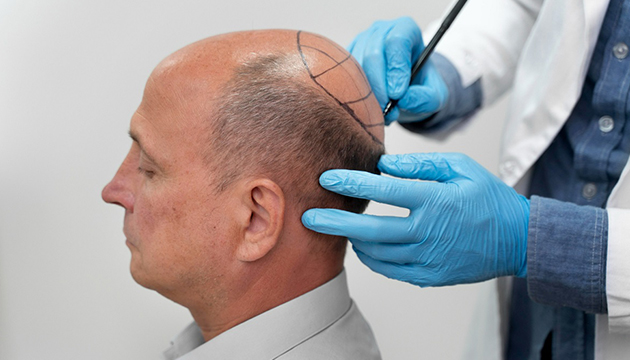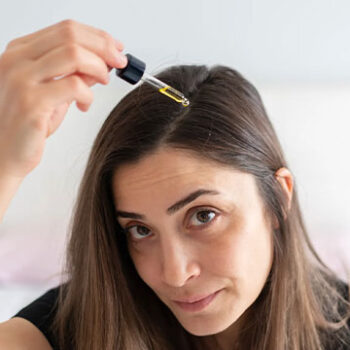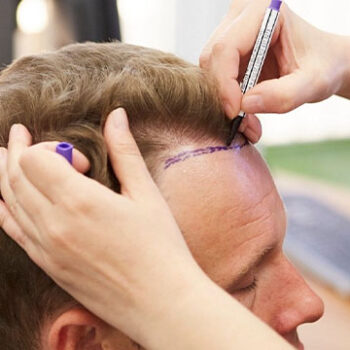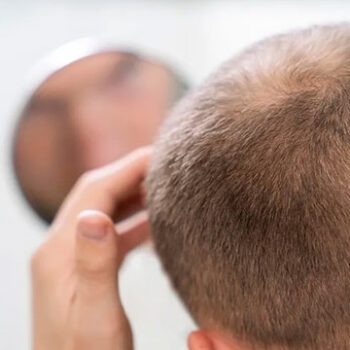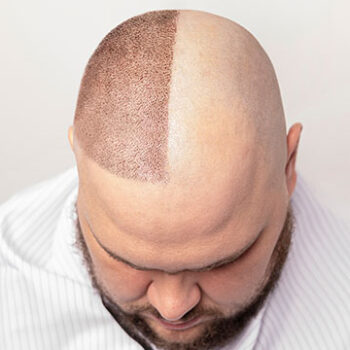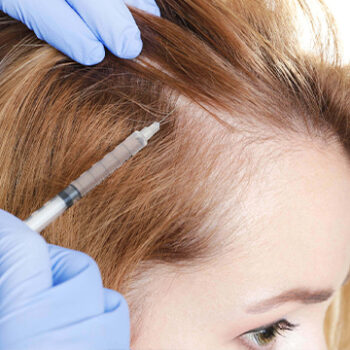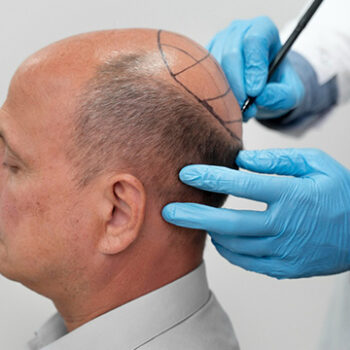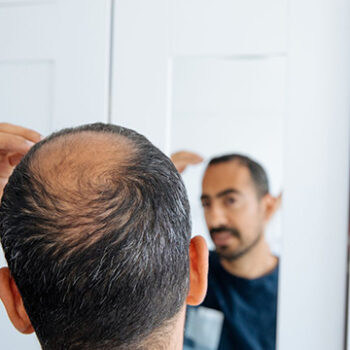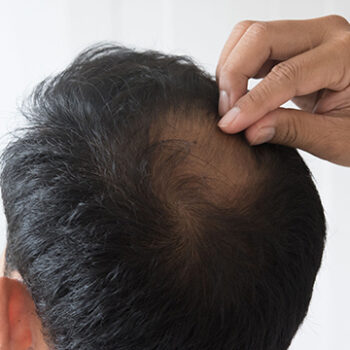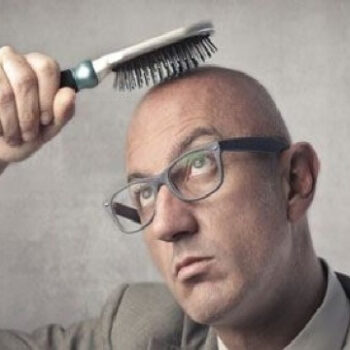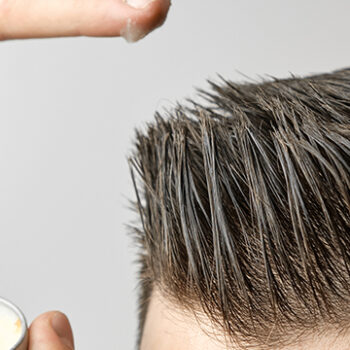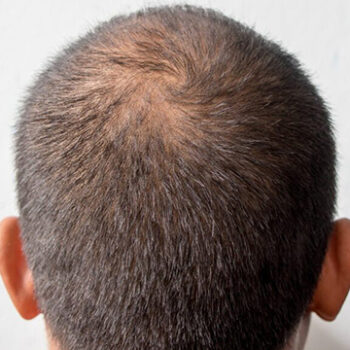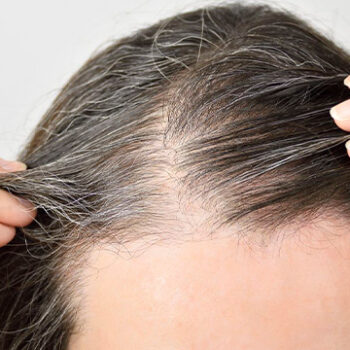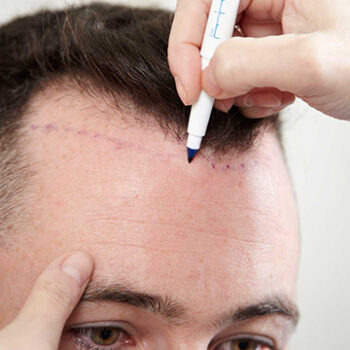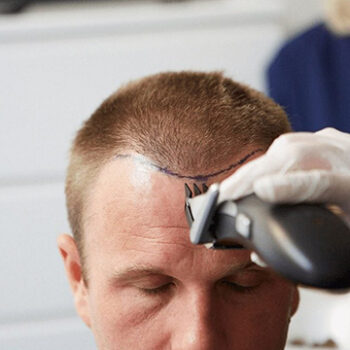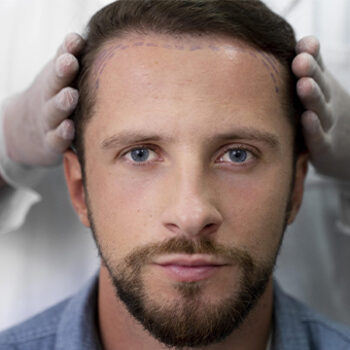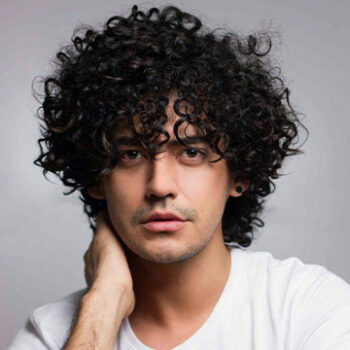One of the most important questions that many people who undergo hair transplant procedures wonder about is “how long do transplanted hairs last?” The answer to this question can vary depending on many factors such as the hair transplant technique, the person’s age factor, genetic structure, and care habits.
Basic Information About Transplanted Hair Longevity
The hair follicles used in hair transplant procedures are usually taken from the nape of the neck and areas above the ears. The hairs in these areas are genetically more durable and show resistance to androgen hormones. Therefore, transplanted hairs have the same life cycle as your natural hairs and can theoretically provide permanent results for life.
Thanks to modern hair transplant techniques, hairs transplanted with FUE (Follicular Unit Extraction) and FUT (Follicular Unit Transplantation) methods can maintain their presence for an average of 20-30 years and even longer. However, this duration may vary according to the person’s lifestyle, dietary habits, and genetic predisposition.
The Effect of Age Factor on Transplanted Hair Longevity
Hair transplant procedures are generally performed between the ages of 25-65. In hair transplant procedures performed at a young age, transplanted hairs tend to have a longer lifespan. This is because hair follicles at a young age are more active and healthy.
In people who have hair transplants before the age of 30, transplanted hairs can remain healthy for 40-50 years. While this period varies between 25-35 years in middle-aged patients (35-45 years), a lifespan of 15-25 years is expected in patients over 50 years old.
The Effect of Genetic Factors
Androgenetic alopecia (male pattern baldness) is the type of hair loss where genetic factors are most important. In people with hair loss problems in their family, the lifespan of transplanted hairs may vary according to genetic predisposition. However, hair follicles taken from the donor area tend to be longer-lasting than normal hairs because they are genetically more durable.
The Importance of Technical Factors
The technique used in hair transplant procedures directly affects the lifespan of transplanted hairs, determining the permanence of results. In the FUE technique, hair follicles are extracted and transplanted one by one. In this method, longer-lasting results are obtained because the risk of damage to follicles is minimal.
The DHI (Direct Hair Implantation) technique is based on the principle of directly implanting hair follicles with special pens. Hairs transplanted with this technique generally tend to be longer-lasting because they undergo a faster healing process.
The Effect of Care and Lifestyle
Regular care is extremely important to extend the lifespan of transplanted hairs. Special shampoos should be used for the first 6 months after the procedure, harsh chemicals should be avoided, and direct exposure to sunlight should be limited.
Dietary habits are also among the factors affecting the lifespan of transplanted hairs. Nutrition rich in protein, iron, zinc, and B vitamins contributes to keeping hair follicles healthy. Smoking and alcohol use can negatively affect blood circulation and shorten the lifespan of transplanted hairs.
Expectations and Realistic Results
“Shock hair loss” may occur within the first 2-3 months after hair transplant procedures. This is a normal process, and hairs begin to grow permanently after 6-12 months. Full results are usually seen after 12-18 months.
90-95% of transplanted hairs settle permanently and adapt to the natural hair cycle. These hairs can be cut, styled, washed, and dyed like normal hairs.
Long-Term Care Strategies
Regular dermatologist check-ups, use of appropriate hair care products, and stress management are important to maximize the lifespan of transplanted hairs. Additionally, supportive applications such as PRP (Platelet Rich Plasma) therapy when necessary can extend their lifespan by increasing the nutrition of hair follicles.

 English
English Français
Français Deutsch
Deutsch Türkçe
Türkçe 中國人
中國人